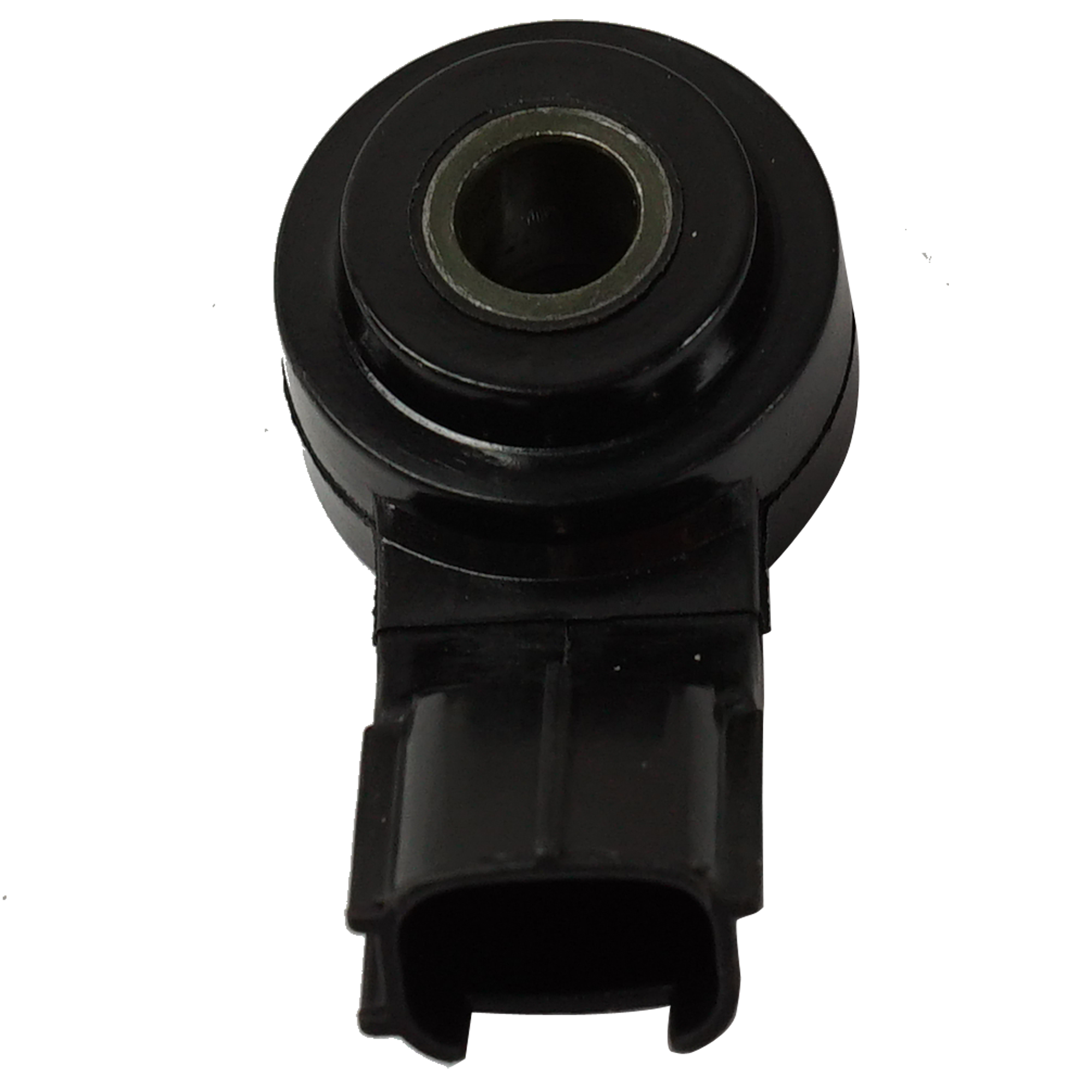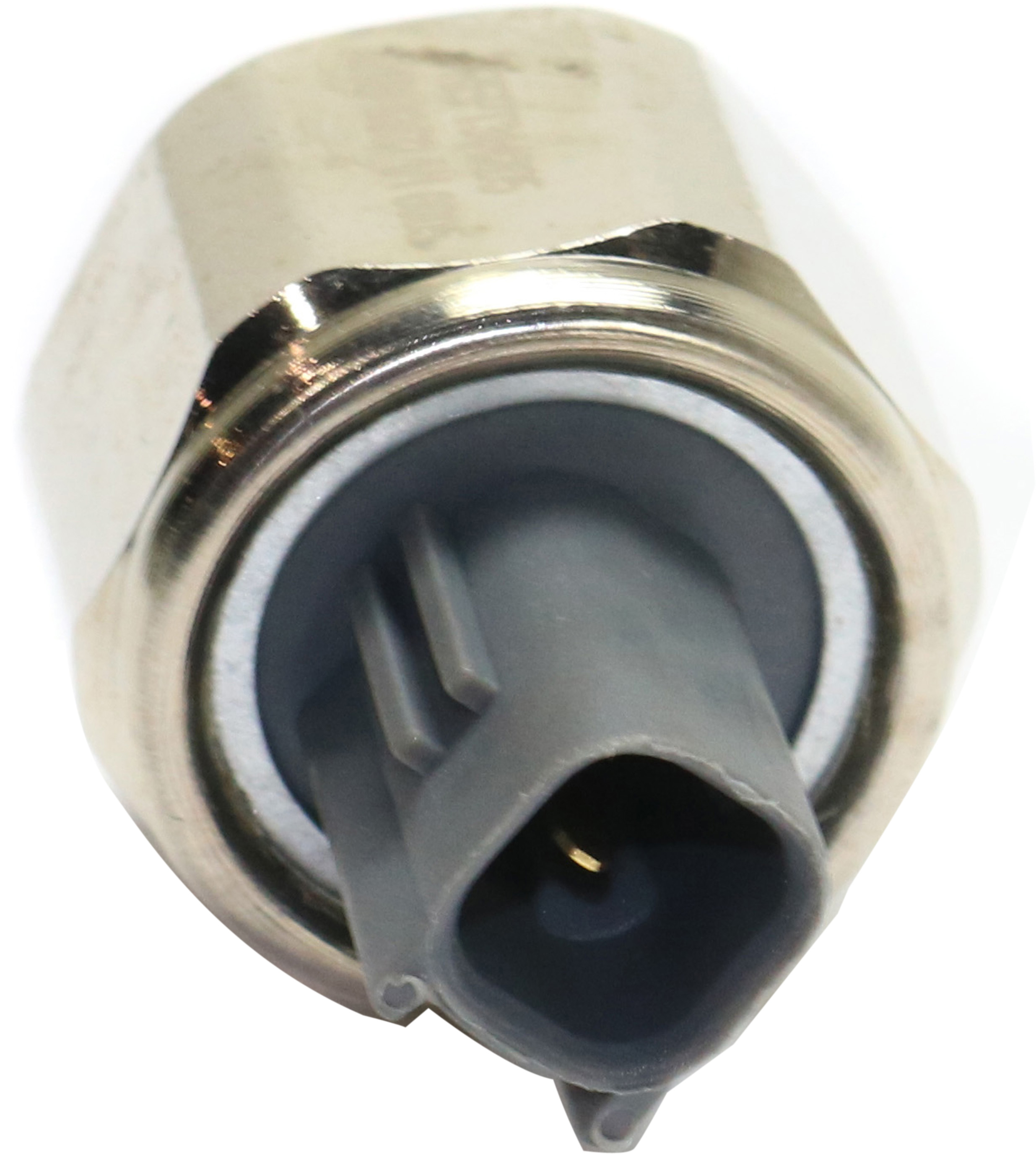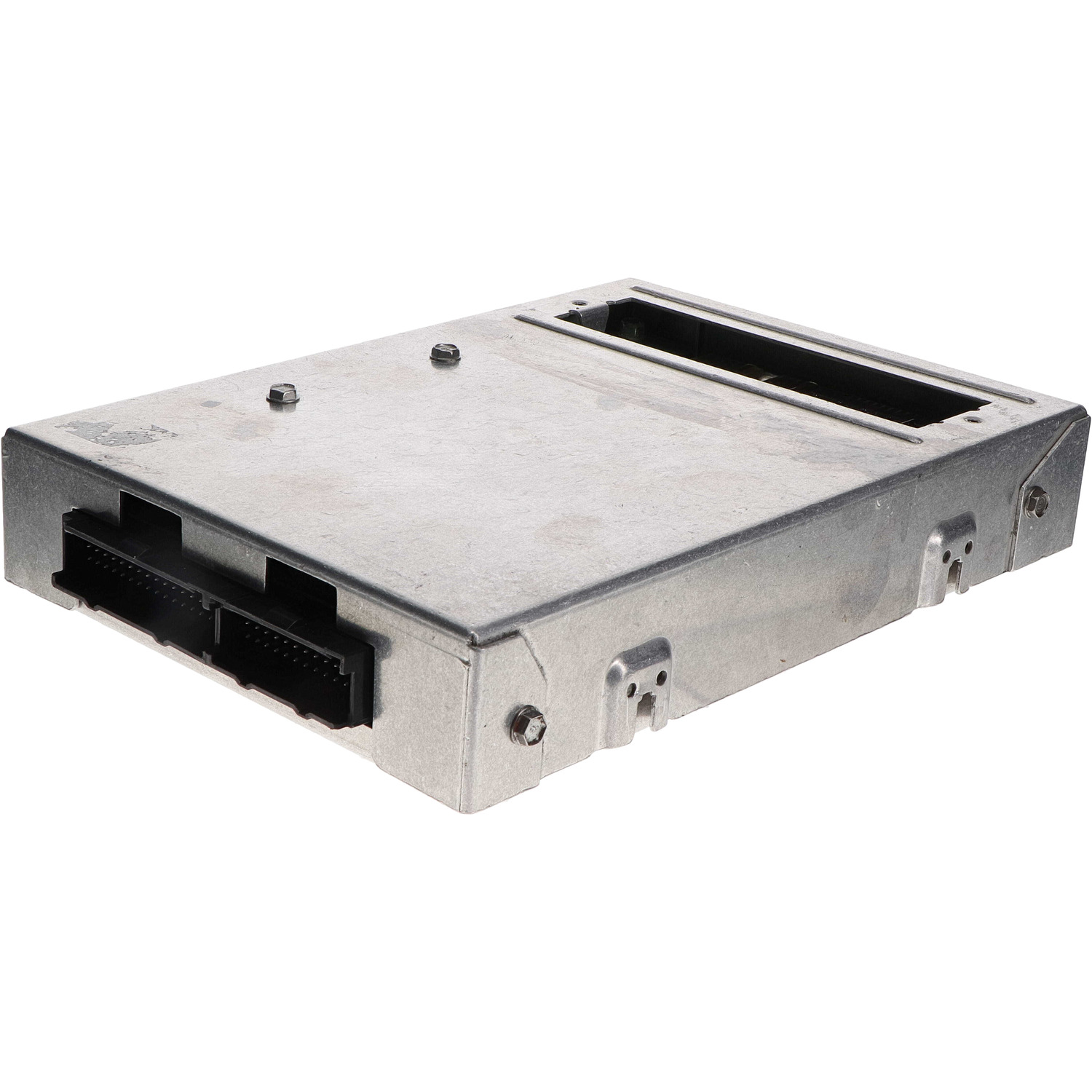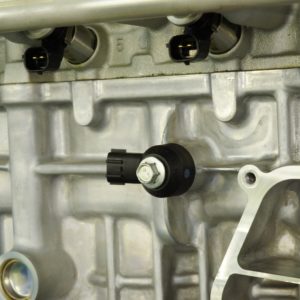The P0325 code indicates a possible problem with your engine’s knock sensor. What exactly does it mean if your car registers this code on an OBD-II scanner and what can you do about it? Read on to find out.
What Does the P0325 Code Stand For?
Diagnostic trouble code (DTC) P0325 stands for Knock Sensor Malfunction (Sensor 1, Bank 1). The code indicates your car’s primary computer, which is often referred to as the powertrain control module (PCM), perceives a problem with the knock sensor or its circuit.

The knock sensor detects the vibrations from abnormal combustion, known as spark knock. A car can have one or two knock sensors depending on its make and model.
To learn more about knock sensors and how they can trigger OBD2 codes like P0325, read our technical discussion here.
Code P0325 sets when the PCM determines the knock sensor signal falls outside of a predetermined threshold for a certain amount of time. The ‘Bank 1’ portion of the code indicates that the issue pertains to the knock sensor on the side of the engine that houses the number one cylinder.

What are the Possible Causes of the P0325 Code?
Before we dive into the symptoms that signal a P0325 error, you should first know the factors that could cause it. Listed below are the most common culprits:
- Faulty knock sensor
- Circuit issues, such as damaged wiring and loose connections
- Issues with the PCM (rare)
- Internal engine problems
Dodge describes the criteria for this code as follows:
The PCM detects that the Knock Sensor input voltage is either:
- Above 4.8 volts.
- Less than 0.2 volts when engine speed is above 2000 rpm.
In a word, if the knock sensor voltage is outside of the acceptable window, the ECM/PCM knows the wiring is either shorted or disconnected.

If the knock sensor voltage is outside of the acceptable window, the ECM/PCM knows the wiring is either shorted or disconnected.
–Richard McCuistian, ASE Certified Master Automobile Technician
What are the Common Symptoms of the P0325 Code?
OBD-II code P0325 will typically be accompanied by one or more of the following symptoms:
- Check engine light
- Lack of acceleration
- Pinging or knocking noise
- Excessive fuel consumption
How to Diagnose the P0325 Code
There many different vehicular issues that could trigger code P0325. To make things even more complicated, the diagnostic procedure will vary by vehicle.
Here are a couple of videos to give you an idea of the troubleshooting process:
How to Fix the P0325 Code
If you’re looking for a quick, one-size-fits-all solution to the P0325 code, you won’t find any. As with all OBD-II codes, there are lots of possible causes—all of which have different fixes.
And remember—all vehicles are different. When troubleshooting and repairing diagnostic trouble codes, make sure to consult the factory repair information for your application. Different automotive manufacturers will have different instructions on how to fix the root cause of these trouble codes.
You’ll need to diagnose the code accurately, as shown in the videos above, to find out the underlying cause and perform any necessary repairs. You can also consult other guides and manuals that are specific to the trouble code and your vehicle.
Other Notes About P0325
Can you drive with a P0325 code? Technically, you can, if you absolutely have to—but you shouldn’t. Driving with the P0325 error code set for a prolonged period of time can potentially cause major engine damage. Be sure to address the issue right away.
Where To Buy Parts to Help Fix the P0325 Code
There’s no doubt that failing to address the P0325 code can lead to headaches down the road, whether from the incessant knocking noises or from your depleted fuel funds. To save both your ears and your wallet, you might need to purchase a new knock sensor. Thankfully, the process is made easy with CarParts.com.
You can’t go wrong buying from CarParts.com. Our easy-to-navigate website has a built-in vehicle selector that allows you to search our entire catalog for parts that are guaranteed to fit the make and model of your vehicle. When you order, you can also enjoy fast shipping from our strategically located auto parts warehouses. Customers in the continental US can expect their orders to arrive in as fast as two business days.
Don’t drive around with a faulty knock sensor and replace it right away. Check out our selection of knock sensors and other related parts and place your order at CarParts.com today!
Shop this Project


Any information provided on this Website is for informational purposes only and is not intended to replace consultation with a professional mechanic. The accuracy and timeliness of the information may change from the time of publication.























